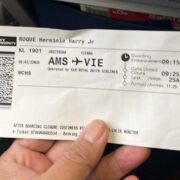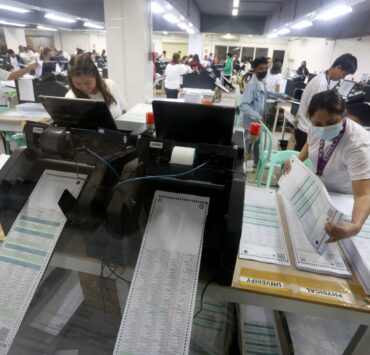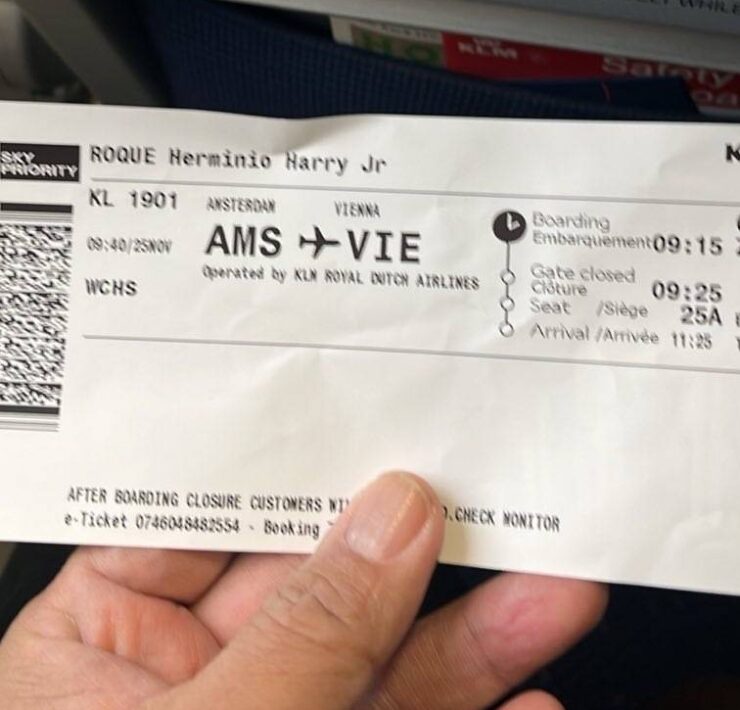St. Luke’s robot-aided heart surgery a first in Southeast Asia
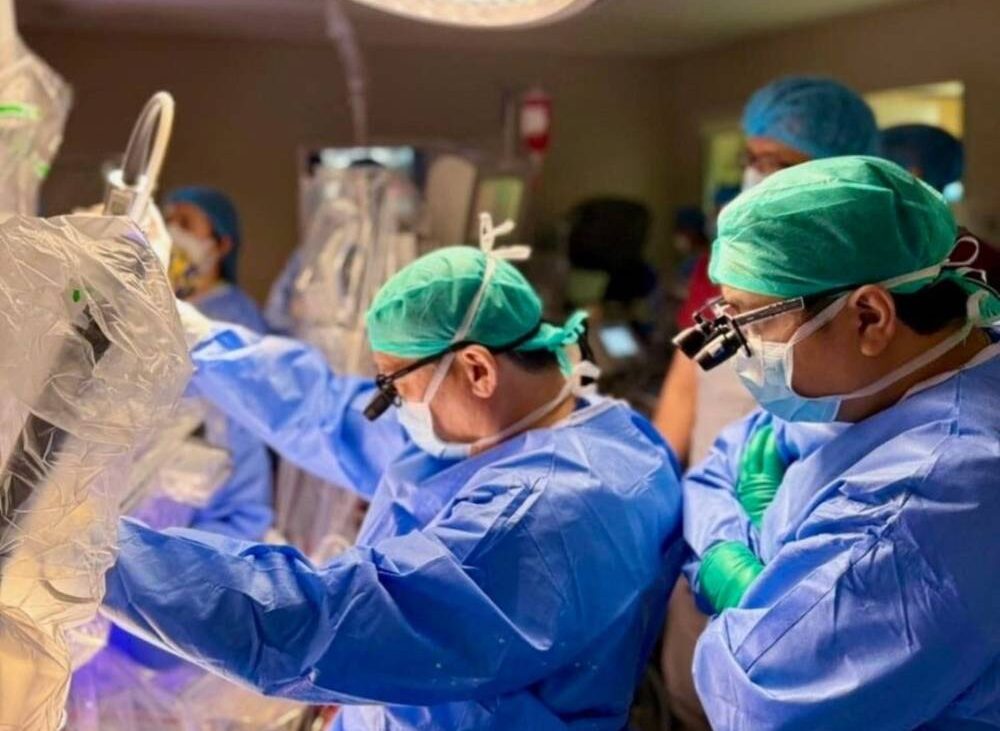
For patients suffering from severe heart disease, the thought of getting an open bypass surgery may be terrifying—and it’s not just because of the steep costs.
The mental image alone of what needs to be done on the chest and the big lasting scar after the procedure is enough to make them think twice.
For years, patients in the country have the limited option of going abroad, usually to Japan or the United States, if they want to undergo “minimally invasive” cardiac surgeries, which involves making smaller incisions in the chest and allows a faster recovery period.
But now they have another, local choice.
On Dec. 11, 2024, a team from St. Luke’s Medical Center (SLMC) at Bonifacio Global City, Taguig, with assistance from the West Virginia University’s Heart and Vascular Institute, successfully performed the first-ever robot-assisted cardiac surgery in the Philippines and in Southeast Asia.
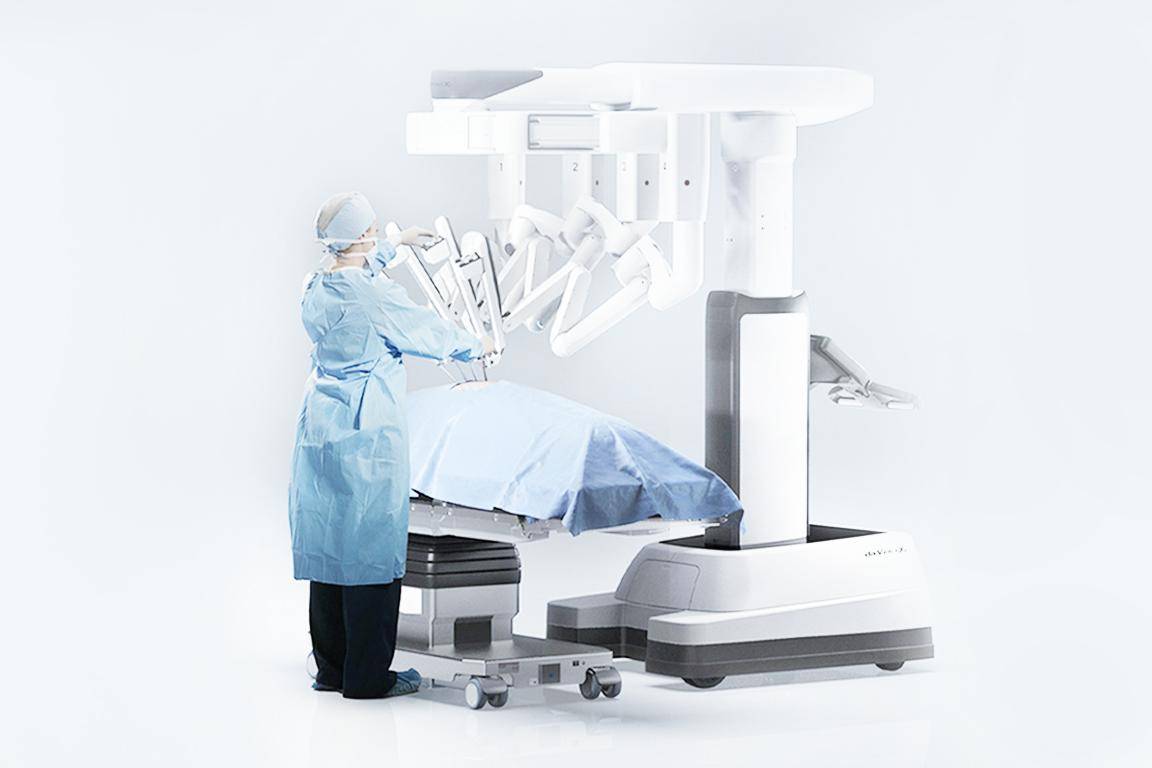
Multimillion-dollar technology
Led by SLMC’s robotic cardiac surgeons, Dr. Ramiro Pablo and Dr. Marvin Martinez, the team performed a robotic minimally invasive direct coronary artery bypass on a 40-year-old male patient.
Pablo and Martinez are the only doctors in the country certified to do robotic cardiac surgeries.
But “robotic” does not mean a robot performs the surgery. The surgeons still do and are assisted by the $2.5-million Da Vinci XI surgical system developed by American biotechnology firm Intuitive Surgical Inc.
Da Vinci adds four hands to the surgery team: three of them can serve as scalpels, scissors, bovies, or graspers, while the fourth holds a 3D camera providing imagery that Pablo described as “feeling like inside the patient, making the surgeon’s movements very precise and faster.”
One of the two surgeons controls the robot through a console, while the other surgeon is at the bedside to change the arms of the system and equip it with the necessary tools in every step of the surgery.
“With the assistance of the robot and minimally invasive procedures, we do not need to cut through the breastbone or break the ribs of the patient. There’s no bone damaged, there’s less trauma,” Martinez told select reporters on Tuesday.
“Instead we just do a few small incisions, around 3 to 4 centimeters (about the size of a grape) so that we can place the robotic arms inside the patient’s chest,” he said.
Faster recovery time
Robot-assisted heart surgeries are preferred by patients more than conventional ones because of less pain, bleeding and infection rates. Recovery time is faster and there are smaller postsurgery scars.
“We talked with our patients who had previous sternotomy comparing their pain scores on the first day after the surgery. With the standard sternotomy, the pain score is eight to nine (out of 10, being the most painful). But for minimal invasive and robot-assisted, the pain score is just around one to two. Sometimes, it’s zero. The difference is night and day, as they said,” Pablo said.
“With robot-assisted cardiac surgery, we estimate that within three weeks, our patients can go back to their work. But for those who undergo full sternotomy, it will take three months—with six weeks just for the sternum to heal and their movements will be limited for a period of time. The quality of life after surgery is also better with the robotic approach,” he added.
However, not everyone may be a candidate for robot-assisted heart surgery. Such a decision should only be made after consulting specialists, including interventional cardiologists, surgeons and physiologists.
Martinez said patients who had previous cardiac surgery or operation that involved an incision in the right chest, may not be eligible for robotic cardiac surgery.
Patients who need multiple valve procedures or a combination of valve and coronary bypass surgery may also not qualify since these may be too much to do for the robot.
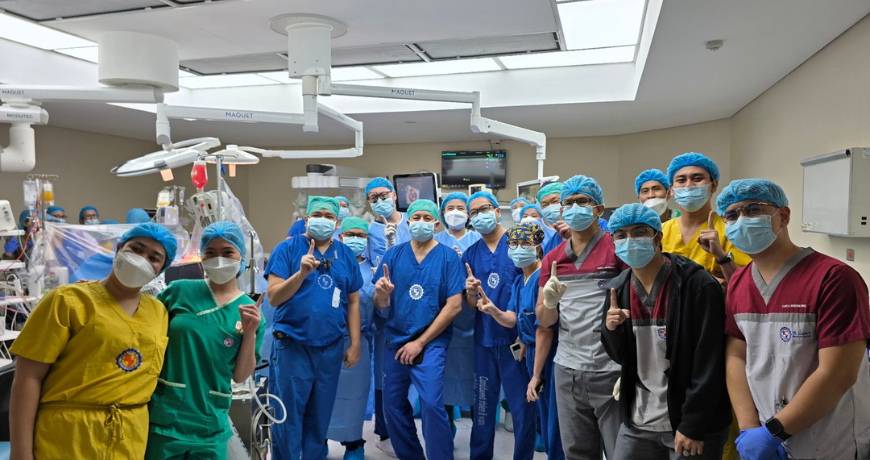
More patients
Since Dec. 11, 2024, six patients have undergone robot-assisted cardiac surgeries and other related procedures at SLMC: robotic bileaflet mitral valve repair for a patient with bileaflet myxomatous disease and severe mitral regurgitation; robotic mitral valve repair for endocarditis, including anterior mitral leaflet perforation; robotic adult congenital atrial septal reconstruction using a bovine patch for a patient with a common atrium; and robotic aortic valve replacement for a patient from Papua New Guinea.
SLMC introduced the Da Vinci XI system at its hospitals in Quezon City and Bonifacio Global City last year though it has been offering robot-assisted surgery as early as 2011 mainly in urologic, gynecologic, ENT-HNS (ear, nose and throat-head and neck surgery), and general surgery cases.
Pablo and Martinez are seeing more patients requesting robot-assisted cardiac surgery given its benefits compared with the conventional approach.
“In SLMC last year, we did an average of 34 minimum invasive surgeries. With the advent of this technology, we are seeing that the minimum invasive procedures will shift towards robotics,” Pablo said.
More affordable package
Martinez expects more patients as the procedure is not yet done in the rest of Southeast Asia and they need not go to Japan or the United States anymore.
Virginia Flores, SLMC senior vice president and chief marketing officer, said the hospital is developing a package to make it more affordable.
“The goal is to get a 15- to 20-percent discount through the package. The cost is definitely higher compared with other surgical procedures because of the technology. But studies from abroad show the cost will be equal because of the recovery,” she said. A conventional coronary artery bypass graft surgery costs around P500,000.
“If it is covered by insurance, the insurance covers it up to recovery. With the shorter stay at the ICU and faster recovery, it becomes cost neutral,” Flores added.
The Philippine Health Insurance Corp. (PhilHealth) currently does not cover robot-assisted heart surgeries. PhilHealth’s Z benefit package can cover up to P550,000 per year for a conventional heart bypass surgery.






